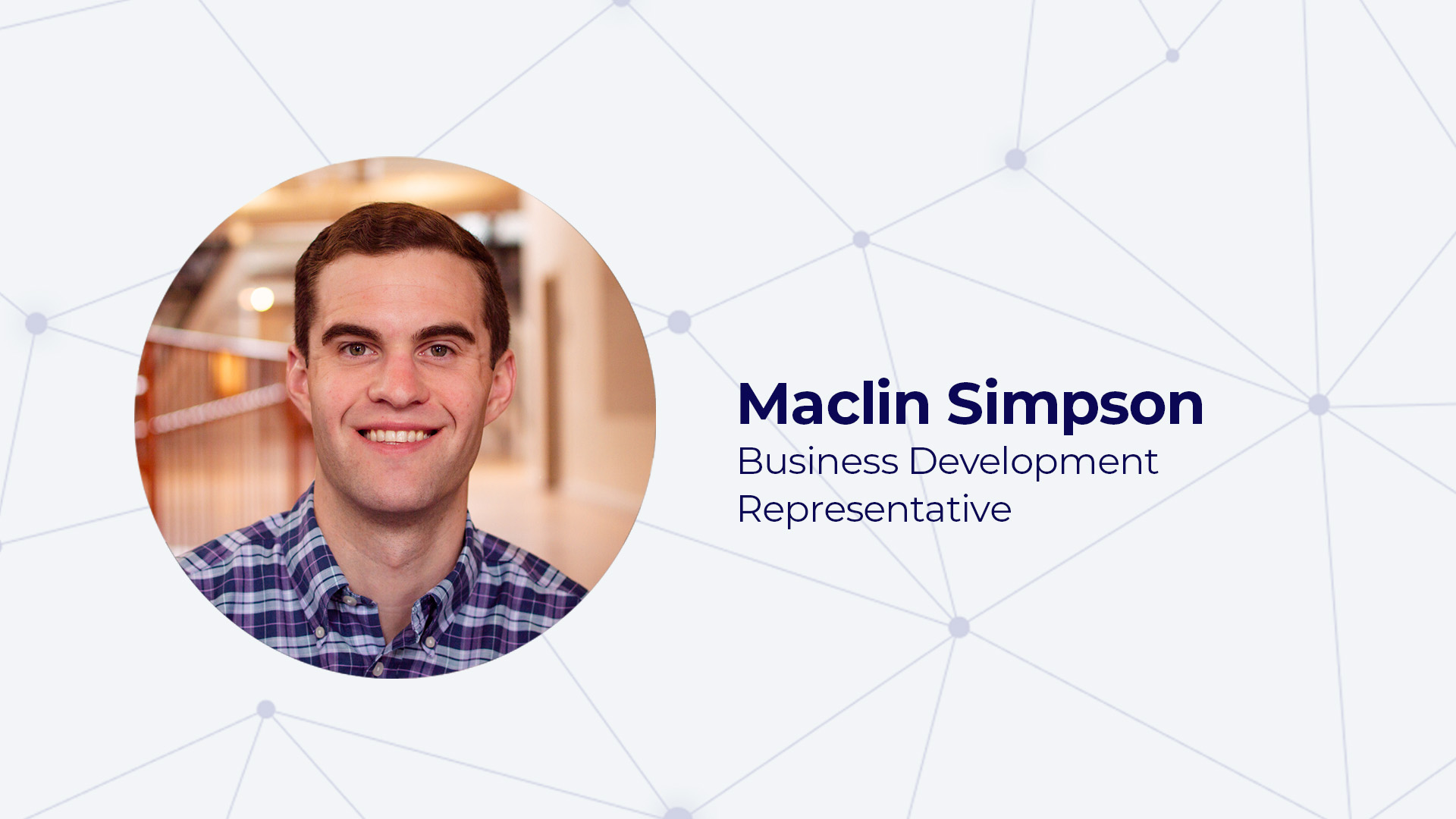Late last November, the New York Times published an essay entitled “Remote Work Is Failing Young Employees.” The premise of the article is to examine the challenges that remote work initiatives have presented specifically to young, less-seasoned employees. There were many reasons that Virtual Peaker transitioned to a remote-first work model. While our first goal was to protect our employees during a surge in our global pandemic, we also saw an opportunity to expand our work pool beyond our geographical boundaries, which is in line with our core values to help mitigate climate change through proactive and accessible means. The NYT piece presented much for any remote-first operation to consider, so we sat down and thought about it. We’re confident that we’ve addressed the challenges that an incoming professional class might still face while continuing to develop our burgeoning internal culture.
The (Potential) Problems With Remote Work
The NYT article addresses concerns from newly minted professionals, fresh out of college and ready to engage in a work environment that no one was prepared for initially. The article enumerates the following barriers reported by new employees:
- Socializing – Many of the anecdotal experiences mentioned refer to a lack of a perceivable culture, that new employees are uncertain how to comport themselves or engage in an environment that feels oblique at best.
- Outmoded telecommunications – A difficulty for any employee, having an inability to quickly and efficiently communicate in a remote-first environment does present a real challenge.
- Failing to connect with leadership – New employees felt rudderless in finding mentorship to guide them through the uncertain waters that come with most new jobs.
- Flexible schedules – Throughout the pandemic, employees around the world were faced with balancing work and, for many, the at-home childcare that came with daycare and school closures. Because of that, many new employees reported feeling cut off from their coworkers, from leadership to colleagues.
- Poorly understood expectations – Another hurdle for incoming remote-first work employees is understanding how success is measured.
One quote that stuck with me read, “If we’re serious about building a sustainable future of work, we can’t leave a whole swath of employees behind.” I’m happy to report that throughout our commitment to our remote-first work environment we’ve already and will continue to work diligently to tackle these (and more) issues.
Gauging Success
Our leadership team is invested in keeping our teams connected and informed. To do that, we have regular team check-ins, both specific to each team, and often across multiple fields. For example, our sales and marketing teams often meet to discuss how to best complement each other, which is ideal for understanding the needs unique to both. At a global level, we have an informal, weekly meeting to unpack the various successes and challenges we’ve faced throughout the week. Throughout all of these threads, we work hard to make sure that every member of our team feels supported and seen, and that they have the resources they need to succeed.
Asynchronous Meetings
Since remote-first work can happen anywhere, we realize that it’s not always possible to connect at the times that were previously traditionally convenient. While we do our best to stay connected virtually or, when possible, in person, we realize that everyone has a different set of obstacles to their day. Maybe you’re several time zones away and can’t attend. Or maybe, due to the pandemic, you have children or loved ones at home to take care of throughout the day. In any case, we want our scheduling to remain as flexible as our deadlines allow, by privileging task-based initiatives.
Because meetings have conventionally existed as time-sensitive, they pose a challenge to remote-first work employees who may not be able to attend. That’s why we’ve turned to asynchronous meetings, virtual meetings conducted over a set period, that enumerates specific tasks and emphasizes deadlines. Doing so has freed our employees from meeting overload.
Fostering Culture
More than anything, we want our employees —present and future— to feel welcomed. To accomplish that in a remote-first work environment, we’ve created a variety of committees to help keep people connected, informed, and engaged with one another. Our remote-first workgroup established many of our internal guidelines for keeping employees informed and connected, from our home offices to how we share information. Likewise, our culture committee has worked to find effective ways that we can all engage with one another, without compromising safety. We even have committees for environmental actions that have taken us into our community to plant trees.
The end goal is to make the best out of a bad short-term situation while finding ways to free our operation from the confines of our facilities. We love our hometown, but more importantly, we want to foster a welcoming environment where we can work together to tackle climate change. And we want to make all of our employees feel welcome always.
Virtual Watercooler Talk
One of our less formal activities is our Coffee & Donuts initiative. One of our recent efforts, the Donut app helps connect team members from across disciplines for a casual, randomly selected once per week, half-hour meeting. It’s a great way to meet people you may never have talked to at an in-person job, and comes with reasonable expectations: just get to know one another. Our employees talk about whatever comes to mind, whether it’s their day-to-day responsibilities or their favorite movies or music. It’s an optional meeting, so the obligation is minimal; we always want our team to feel comfortable.
Creating Our Own Centralized Knowledge Base
The expression “the left hand doesn’t talk to the right hand” is an institutional truth common to so many businesses, but one we wanted to take on. While we use conventional office communication tools like Slack and the G-Suite, we realize not everyone is available at the different times we all might be at work. One way that we’re working to do that is to write out detailed descriptions of the many tasks that we all have to do to realize our operational goals. Since we can’t always talk to one another, we’ve employed Slab, which is simple and easy to navigate. So if for whatever reason our new teammates can’t find a person to answer their question, we’ve built out our own internal Wiki.
Home Office
Before we go, one last initiative. We understand that one major benefit to employee success is the logistical support from having a stable office environment. Pre-pandemic, employees were expected to enter their place of work, sit at their assigned desk, which came with the requisite equipment. Our office in Louisville, KY is beautiful and has all those things (and a great view). But we know that not all our employees have at home what they would otherwise have in an office, whether that’s a good ergonomic chair or the right monitors. To address that, we’ve assembled a stipend to help our remote-first work team find what they need to succeed in their home office, just like we would if they were in person and on-site.
Obstacles to Remote-First Work Conclusion
The central thesis for the NYT article is the lack of support and community that plague too many businesses. We want our team to thrive, grow exponentially, and work together with our utility partners to build a better, greener future together using the friendliest end-to-end DER management platform out there. To do that, we are always looking at ways to enhance our employee experience, including overcoming the many obstacles that younger generations are facing during uncertain times.




